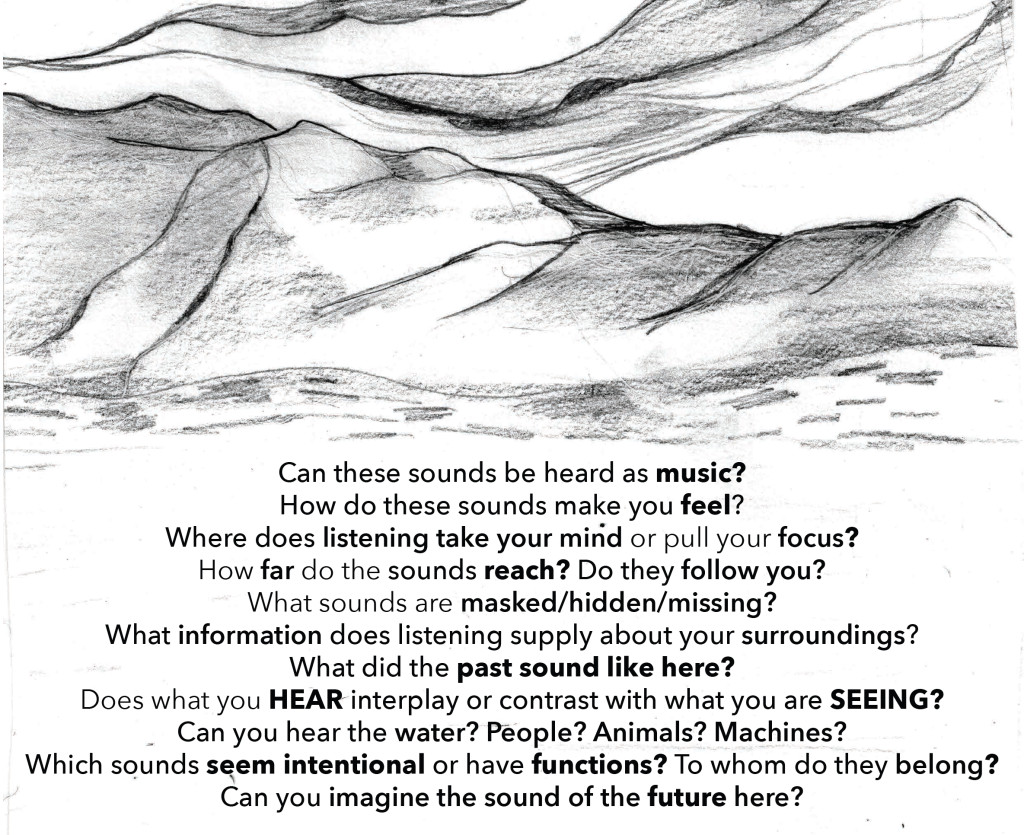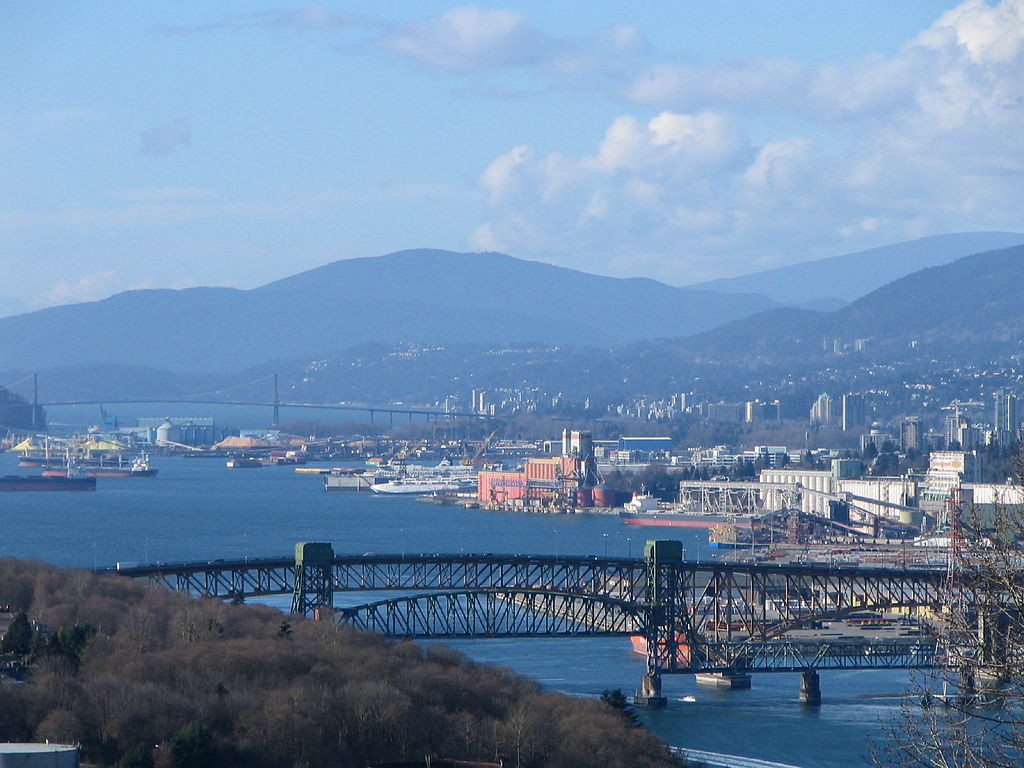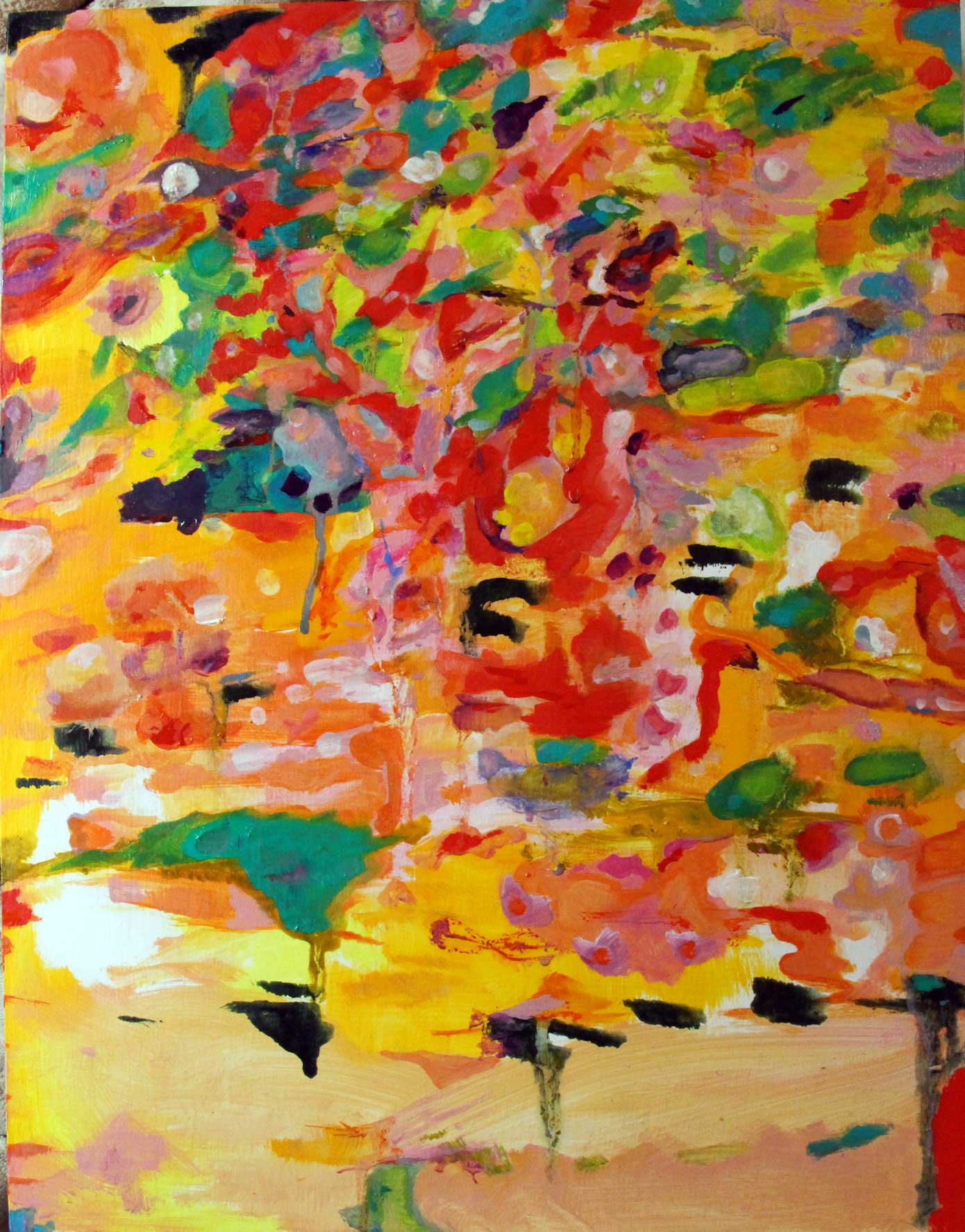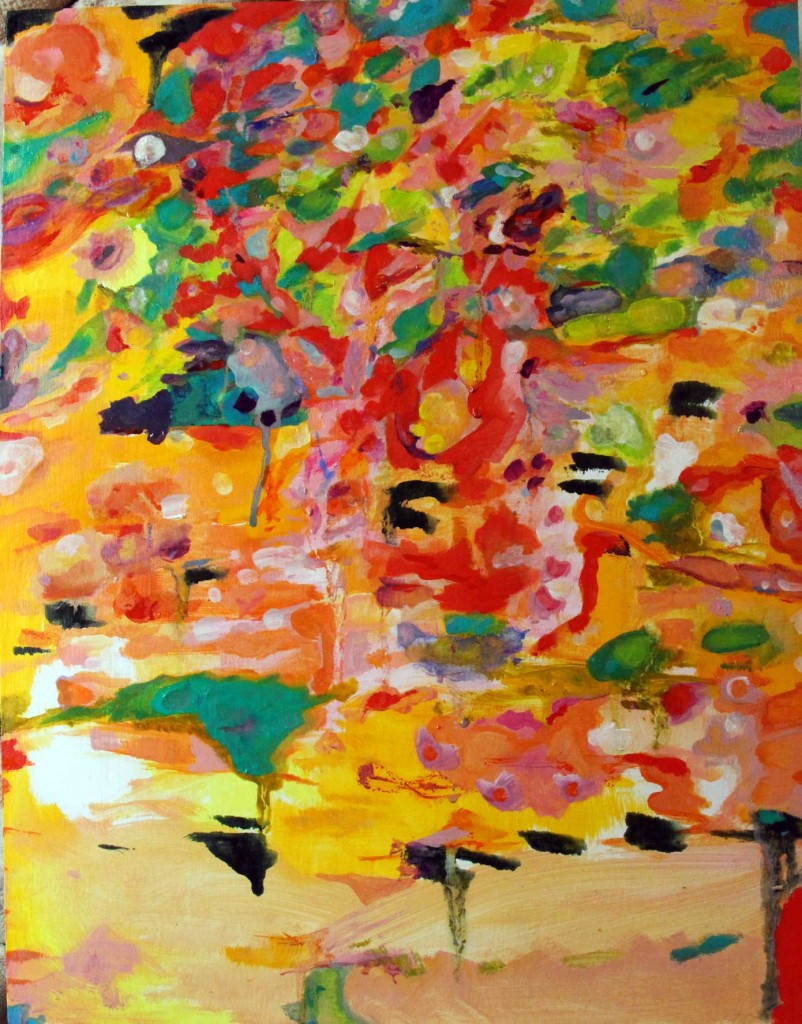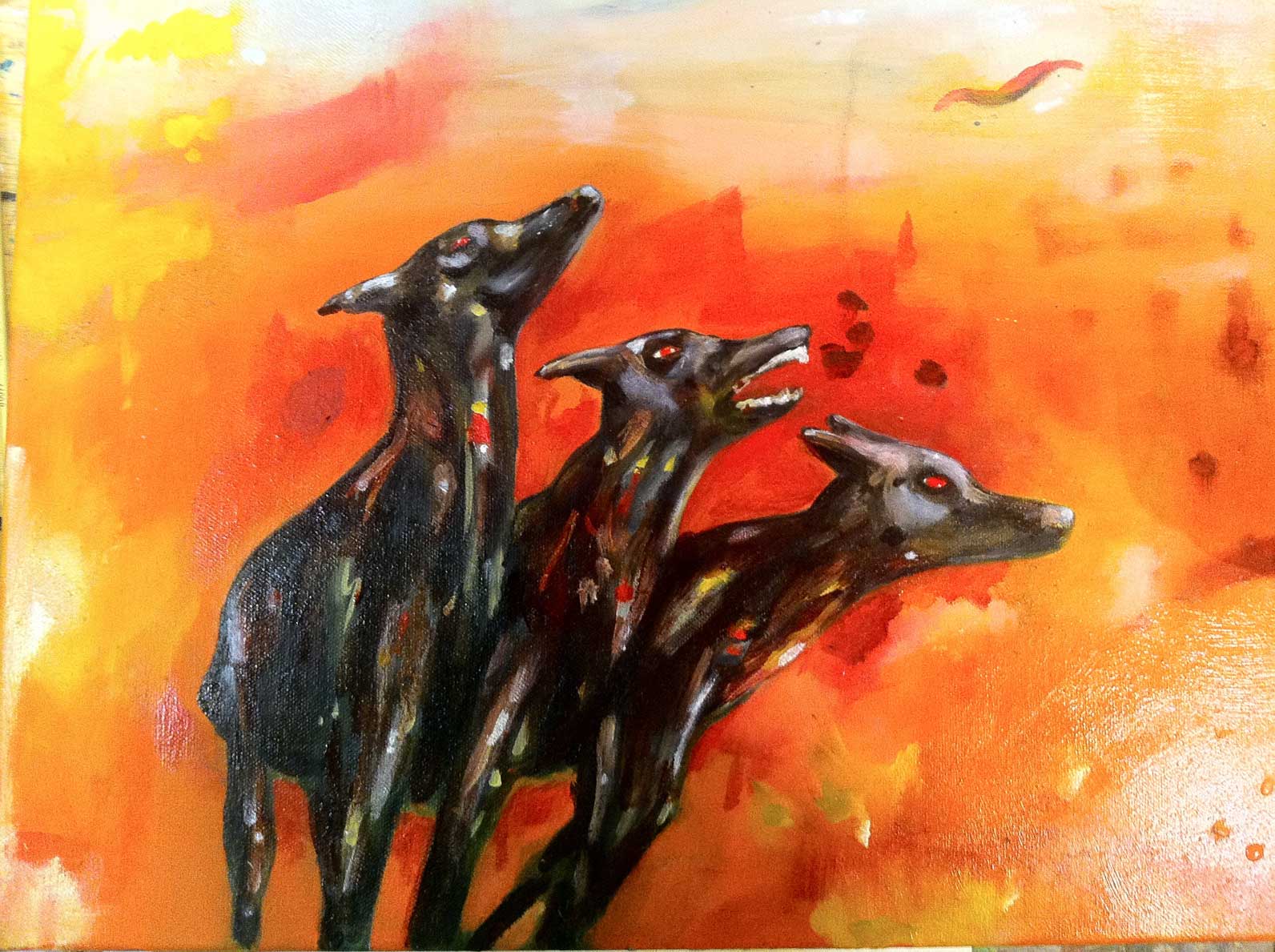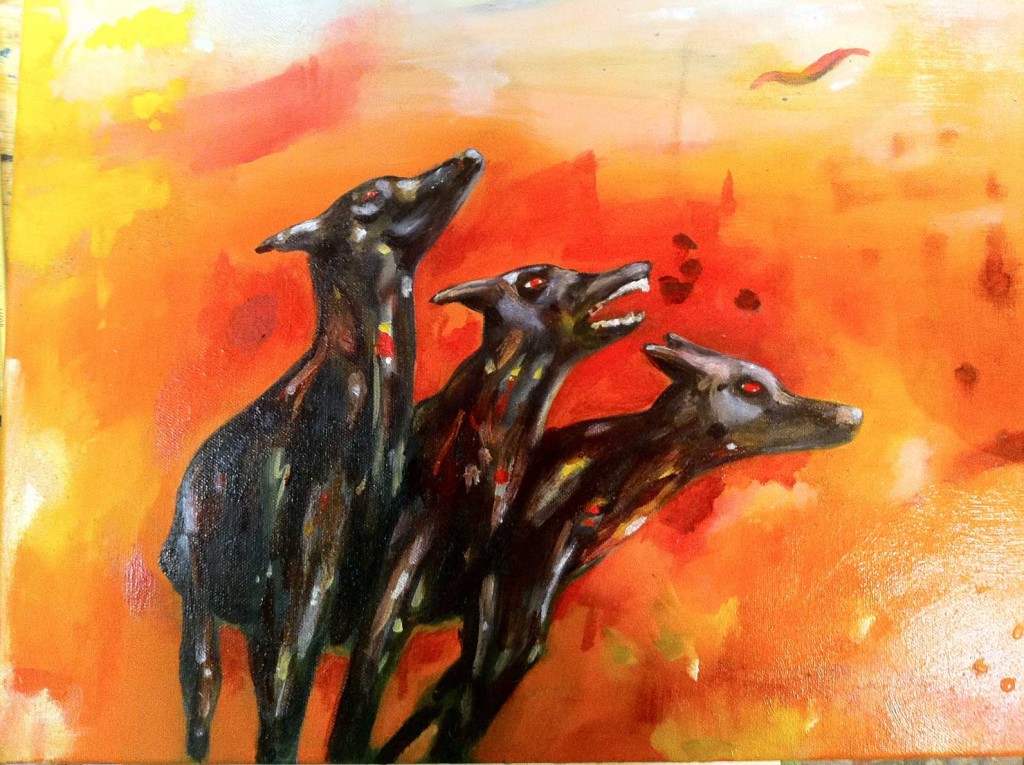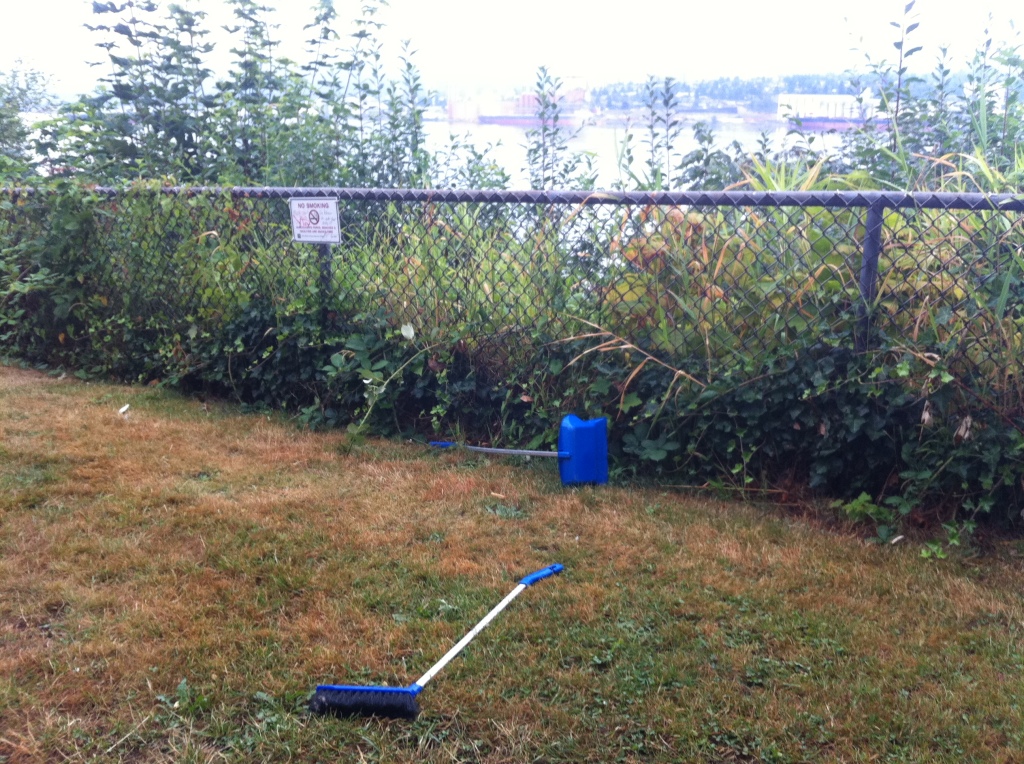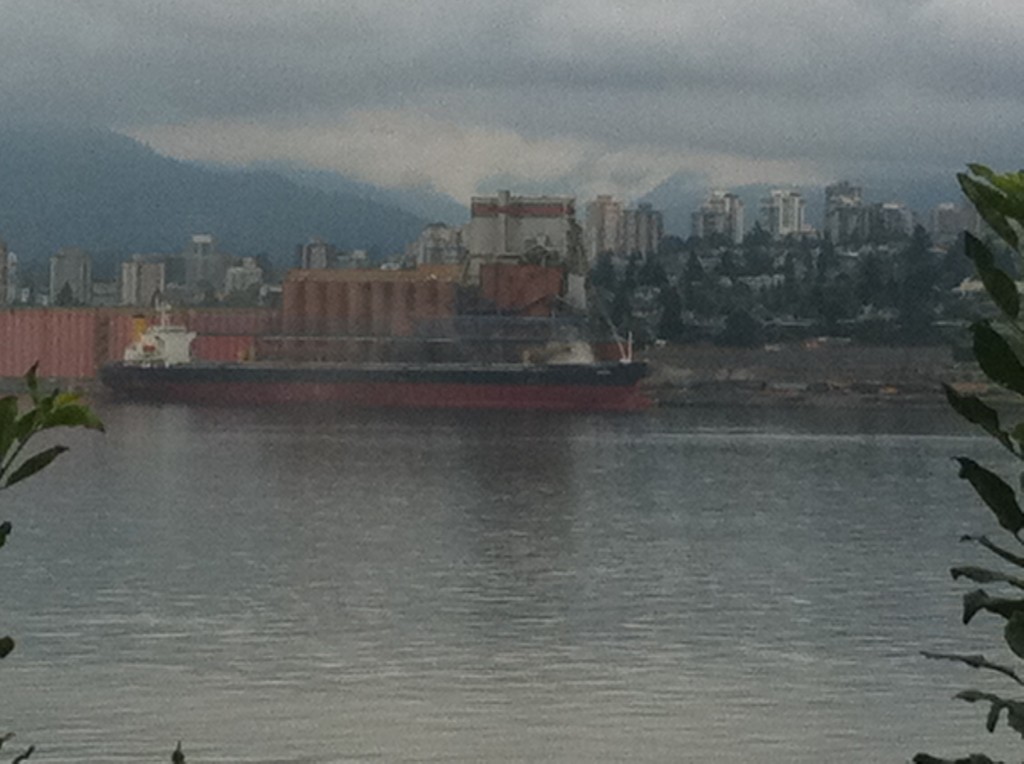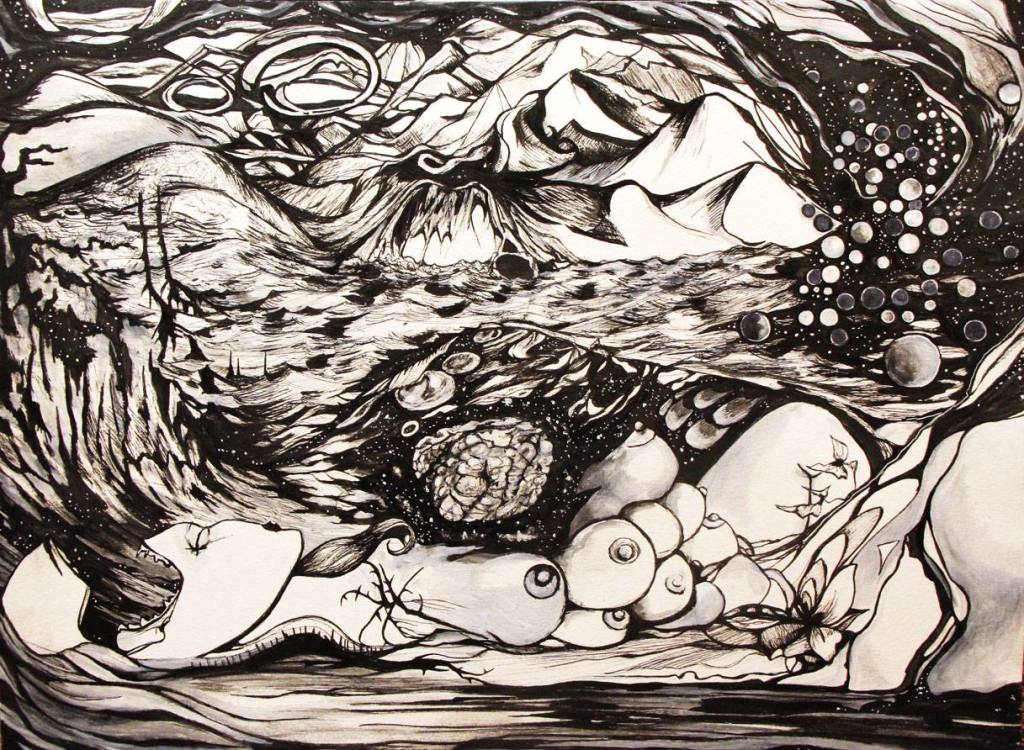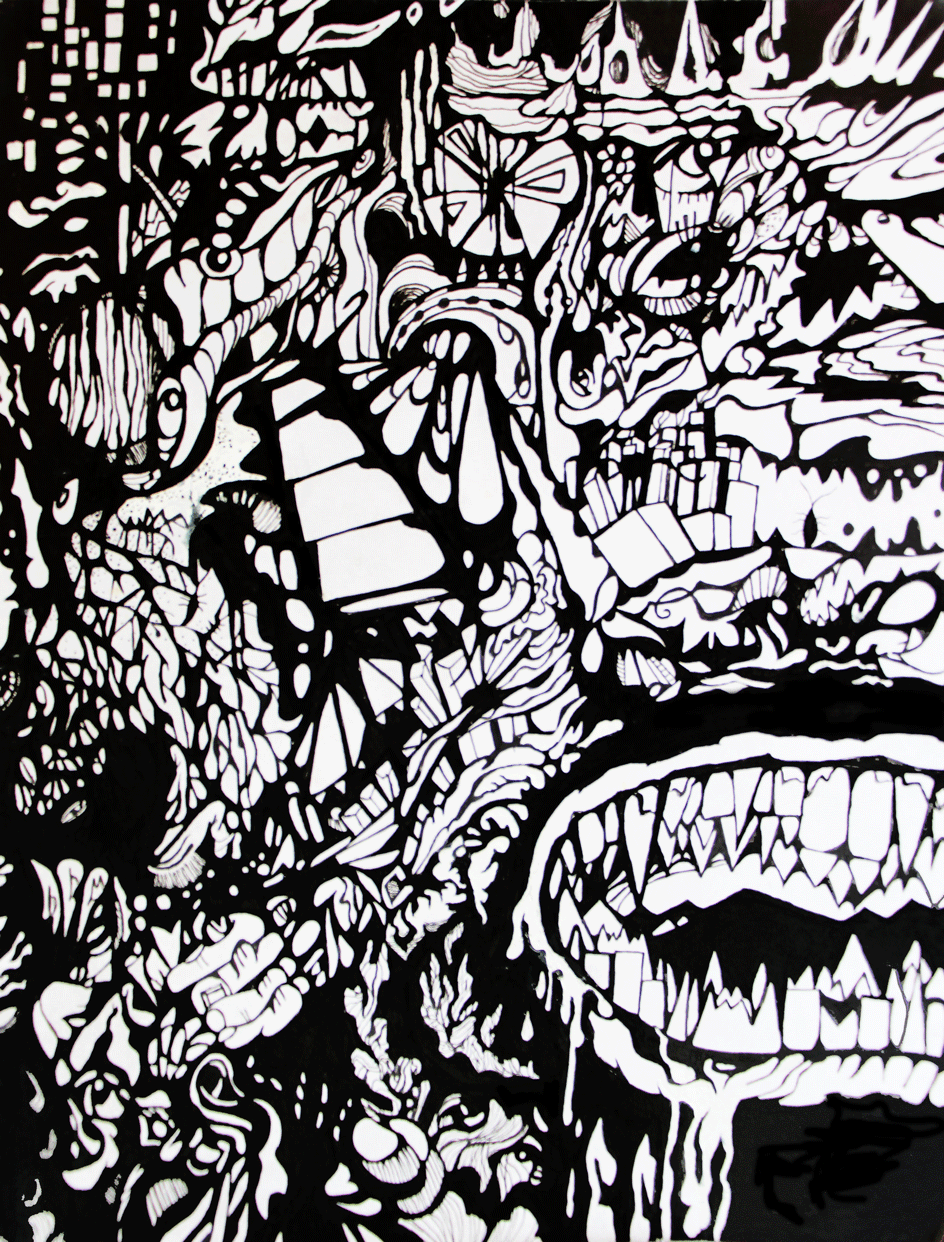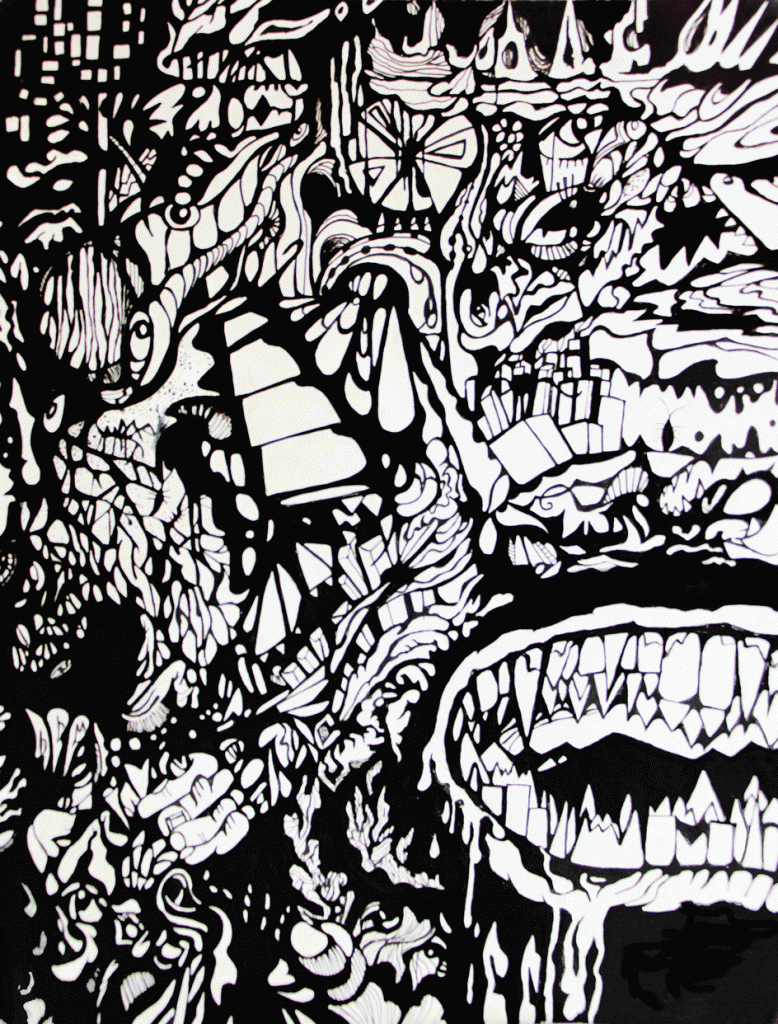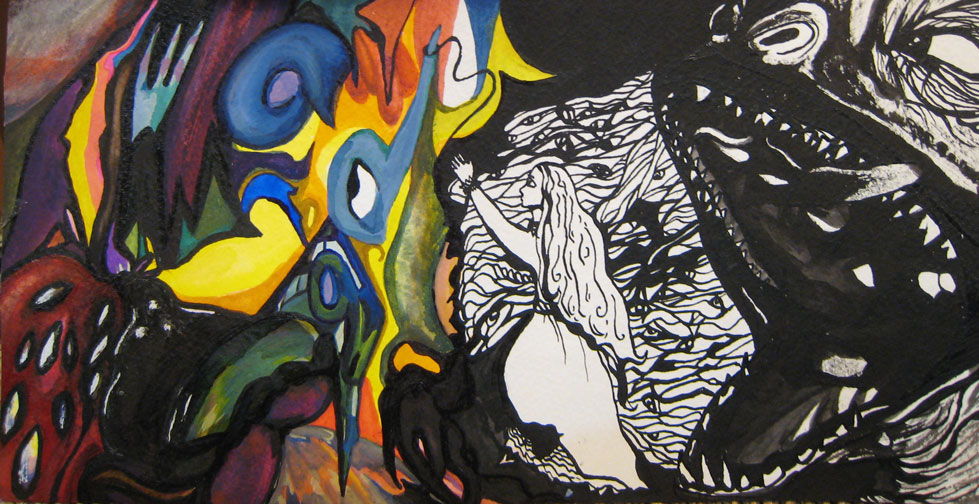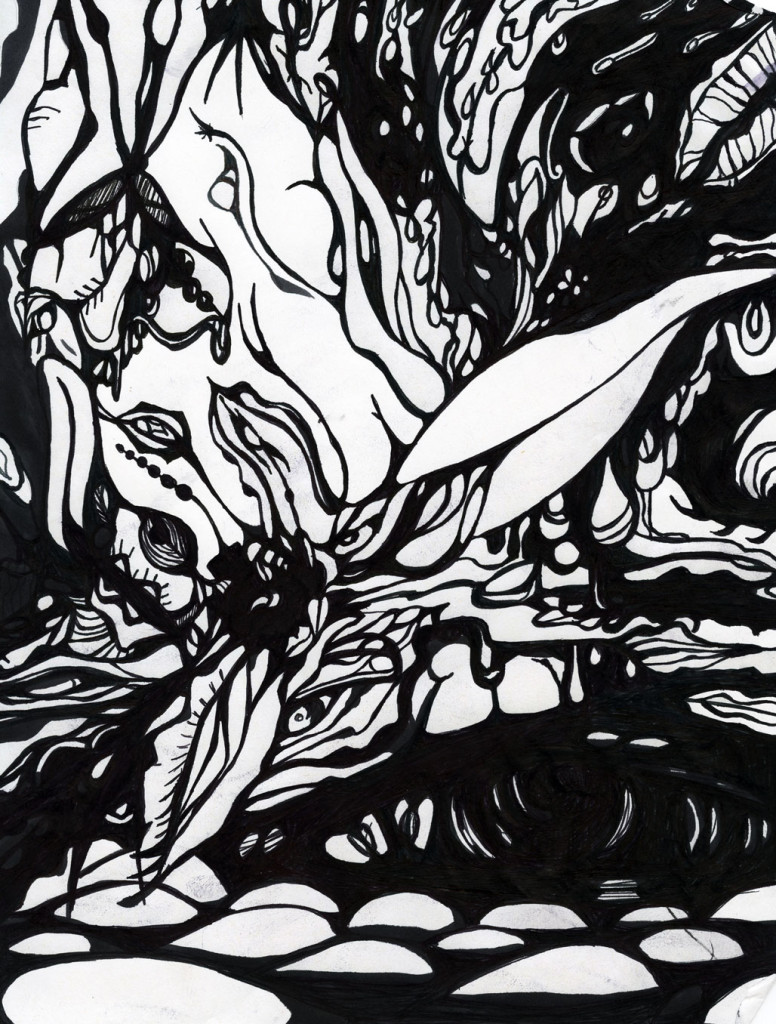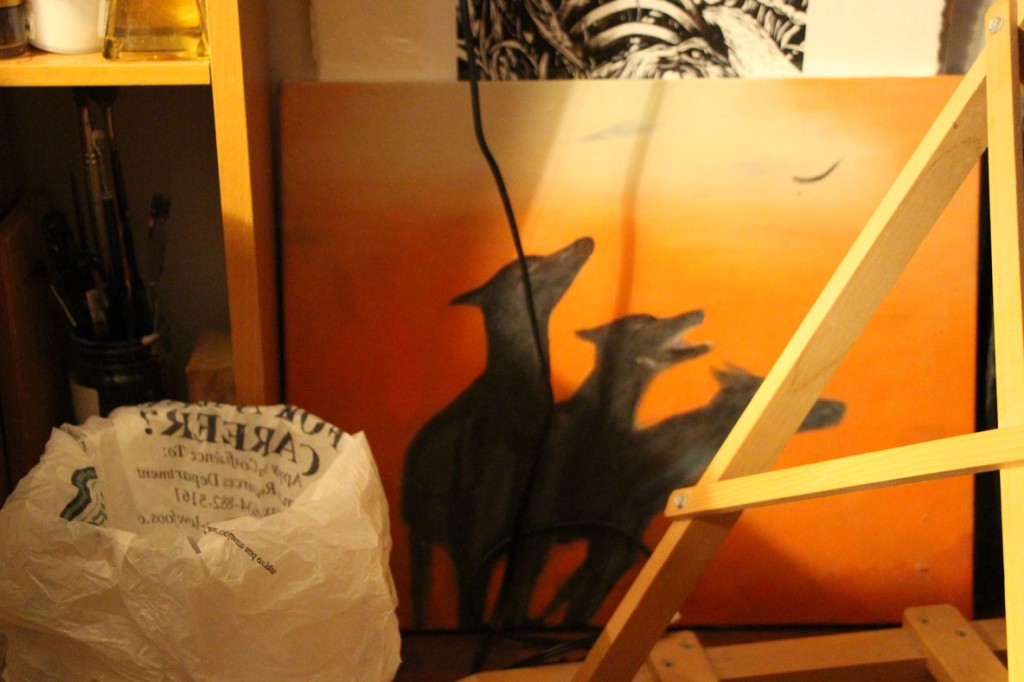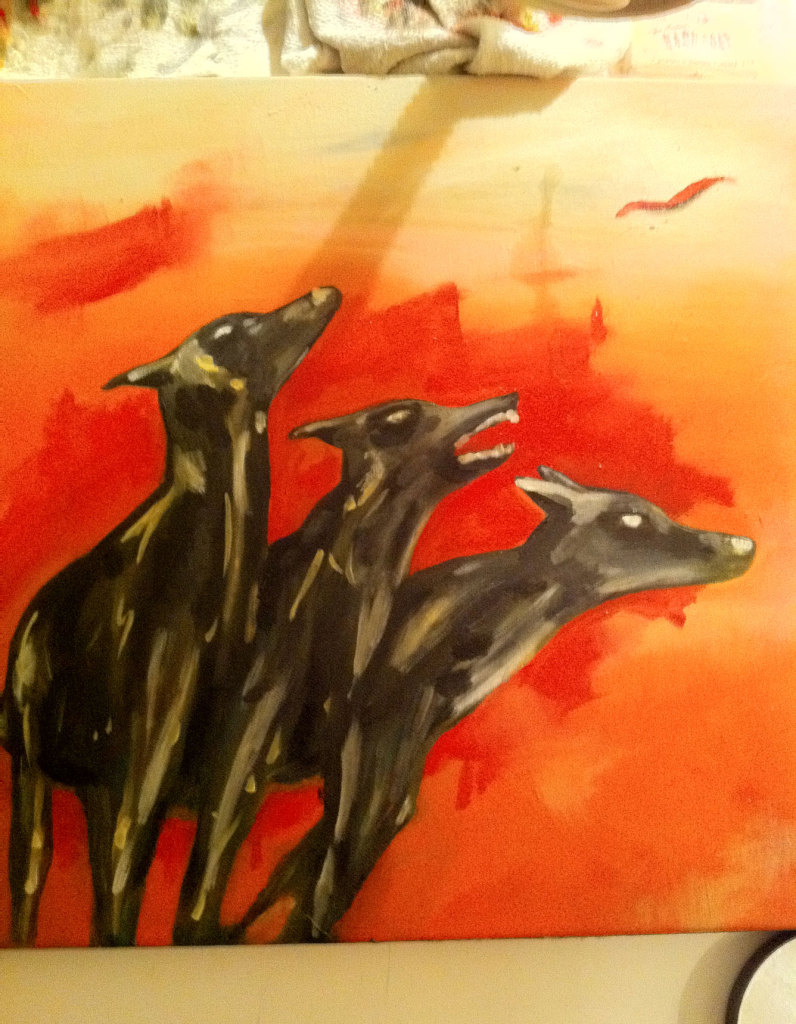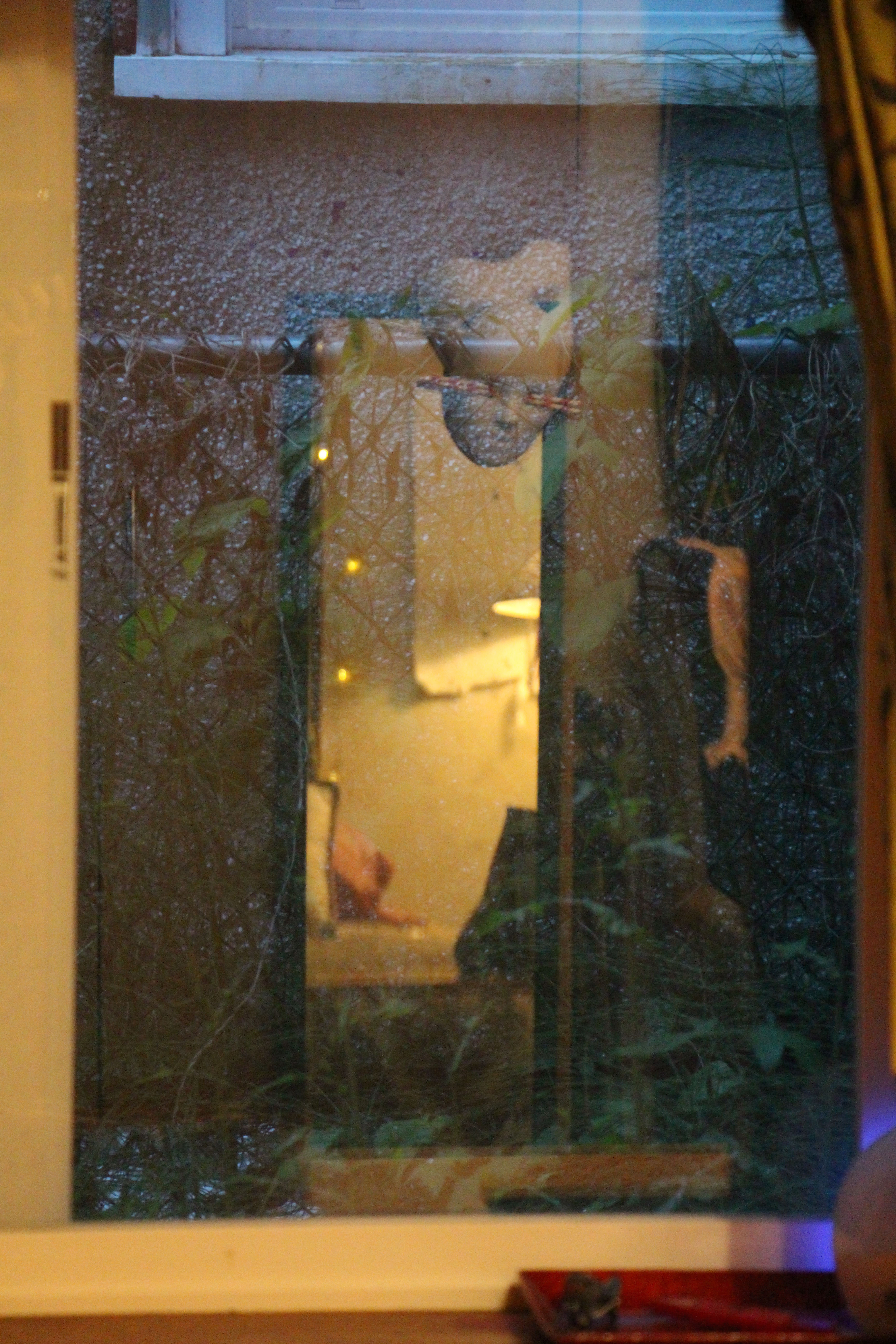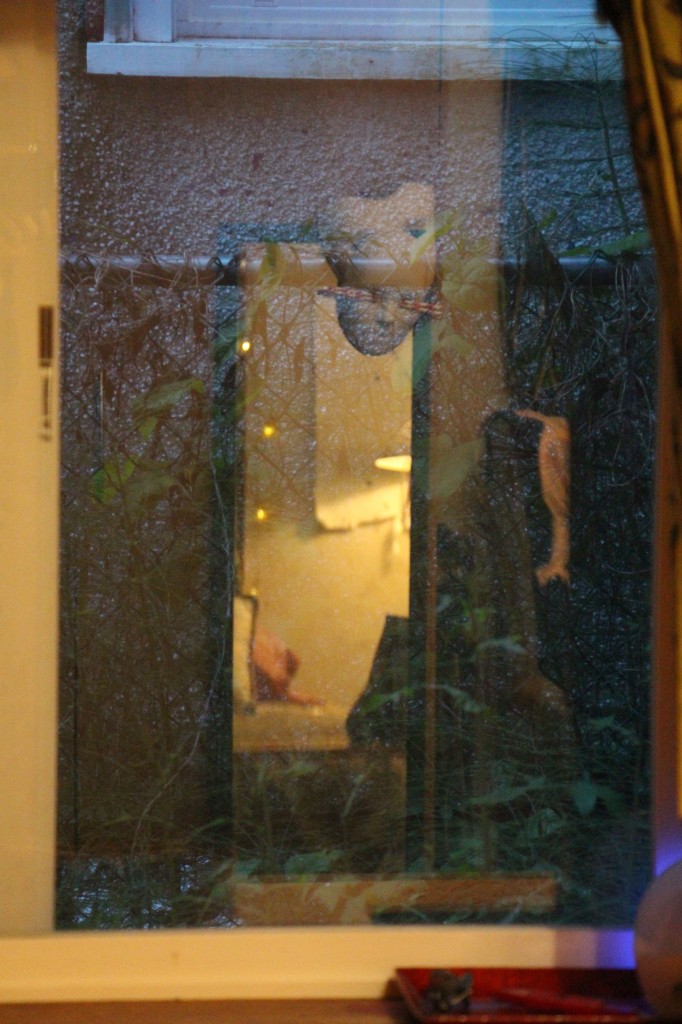I was excited to lead a tour for my first time with The Vancouver Soundwalk Collective and Vancouver New Music.
The walk was called ‘Parks, Trees, and Tankers,’ and it explored juxtaposing parks, residences, and heavy industrial/shipping/refinery operations along the shore of the Burrard Inlet across from the North Shore Mountains.
When I did the soundwalk in practice, the grain dispenser was going at the bottom of the path just east of the park. It completely changes the landscape with its drone and rumble. Luckily there were at least some trains on our way through the New Brighton Park.
Here are the handouts I made about soundwalking and the New Brighton area (general soundwalking prompts on one side, info about the region on the other)
The Burrard Inlet
Burrard Inlet
Over millions of years, the region was shaped by eathquakes and continental folding, violent volcanoes that blew their tops and became mountainous islands in shallow seas; they gave rise to the rocks of the Coast Mountains, which existed under thick sheets of ice for millenia, marked by the slow grinding of glaciers and trickling rivers
“Burrard Inlet is in fact the drowned valley of a stream which drained the Indian River and Seymour River valleys…until the Capilano dam was built in the 1950’s, a dredge was needed to remove this sediment so that the channel could be kept open for ship traffic. Without man’s intervention, Burrard Inlet would soon turn into Burrard Lake” –John Armstrong, Vancouver Geological Society
A region inhabited and navigated by Musqueam, Sḵwxwú7mesh (Squamish), and Xwméthkwyiem (Tsliel-waututh) First Nations “…long before the ice had entirely disappeared…”
For thousands of years, First Nations people carried on trade and settlement along the coast. The Musqueam, Sḵwxwú7mesh (Squamish), and Xwméthkwyiem (Tsliel-waututh) First Nations culturally negotiated and occasionally fought over their use of the region. Traders traveled the Inlet by canoe, meeting at points to forage and hunt, including a popular spot in the area now known as “New Brighton Park”
… COLONIZATION, BC LAND PROCLAMATION,1859: All land in BC belongs to the Crown (says the Crown). British subjects can claim 160 acres of land aside from Native land (whose settlements measured at 10 acres per person) and Govt/Military reserves.1887: CPR (Canadian Pacific Railroad) Terminus in Vancouver: Industry explosion!
In the 1860s, New Brighton Park was briefly the site of a weekend resort for loggers, mill workers, and others on vacation from neighbouring areas
"Burrard Inlet and the Second Narrows" by Flying Penguin Licensed under CC BY-SA 3.0 (link)
Current Industry in Burrard Inlet: International Shipping/Processing/Refinery Terminals for Petroleum, Lumber, Fertilizer, Coal, Potash, Grain, Chemicals; Power plants; Ship repair; Cruise ship facilities; Parks & trails
Major oil spills happen periodically & gather immediate attention, but it’s worth pointing out that the waters are severely contaminated already with processing and shipping effluent. Several critical measures have been proposed by advocacy groups to rehabilitate the coastline of this area
NATURE in Burrard Inlet: Intertidal marine ecosystems: tide pools & tidal structures and action attract diverse organisms Sandy areas: home to borrowing animals, clams, oysters, birds
Land animals included black bear, deer, & gray wolf; certain animals live only in old growth forests (few of which remain); e.g., giant salamander, spotted owl. Urban-adapted animals include raccoon, coyote, skunk, swallows, brown bats. Dozens of fish species haved lived near shore and in kelp beds. Housing-created ecosystems foster species such as doves, sparrows, gray squirrels & rats
<<<<real estate connection?>>>>> New noise monitoring programs have been announced by Port Metro to deal with rising property values residential complaints along the waterfront

